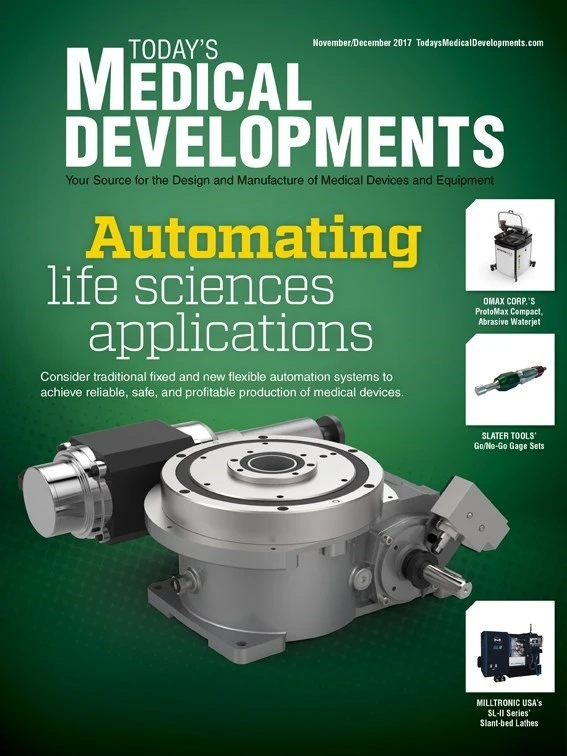
After a week of recall services on my car with substandard or omitted repairs, and trouble with a new cell phone that wouldn’t work, I’m irritated. None of these issues were harmful or life-threatening, but they were time-consuming, frustrating, and caused me to question the quality of these products I invest in and rely upon each day.
I’m looking for a perfect world that has perfect products with no quality flaws at all. In it, every product purchased will work perfectly on the first try. In this perfect world, there is no such thing as a product recall, the need to buy extended manufacturers’ warranties, or spending time going back to the retailer to have faulty products repaired or exchanged. There would be no cybersecurity hacks or need for patching operating system vulnerabilities. Not only would this perfect world elate consumers, it would also be perfect for original equipment manufacturers (OEMs) and their suppliers.
While perfection doesn’t exist, the quality of medical devices and equipment continues to be an area that receives plenty of attention. In 2011, the U.S. Food and Drug Administration (FDA) Office of Regulatory Affairs, along with the Center for Devices and Radiological Health (CDRH), launched the Case for Quality. This came about following an in-depth review of device quality data and feedback from both FDA and industry stakeholders. Root causes for the most frequently seen product recalls were:
- Design – 31%
- Manufacturing – 24%
- Suppliers – 14%
- Post-production – 12%
Armed with the knowledge of where quality issues occur most often, to reduce the number of recalls, FDA officials suggested implementing:
- Design control
- Quality management systems
- Inspection and global harmonization
- Unique device identification
- Process control
- Documentation control procedures
Quality must be the driving principle in what any company does. While a quality management system is important in an organization’s policies, procedures, and practices, it is only as good as it is implemented, believed in, and adhered to; that must start from the top down. In addition to companies investing in the right quality systems, product lifecycle management software platforms, complementary efforts such as the Medical Device Single Audit Program and the unique device identification are driving companies toward a cohesive, quality standard.
While medical devices and equipment are designed and manufactured to make people’s lives better, when a recall occurs it ends up as an expense to the manufacturer, a burden to patients and/or medical practitioners and facilities, and, in some instances, can be life-threatening. I’d be interested in learning the steps your company is taking to ensure quality is instilled from start to finish.
~ Elizabeth

Explore the November December 2017 Issue
Check out more from this issue and find your next story to read.
Latest from Today's Medical Developments
- Arcline to sell Medical Manufacturing Technologies to Perimeter Solutions
- Decline in German machine tool orders bottoming out
- Analysis, trends, and forecasts for the future of additive manufacturing
- BlueForge Alliance Webinar Series Part III: Integrate Nationally, Catalyze Locally
- Robot orders accelerate in Q3
- Pro Shrink TubeChiller makes shrink-fit tool holding safer, easier
- Revolutionizing biocompatibility: The role of amnion in next-generation medical devices
- #56 Lunch + Learn Podcast with Techman Robot + AMET Inc.





